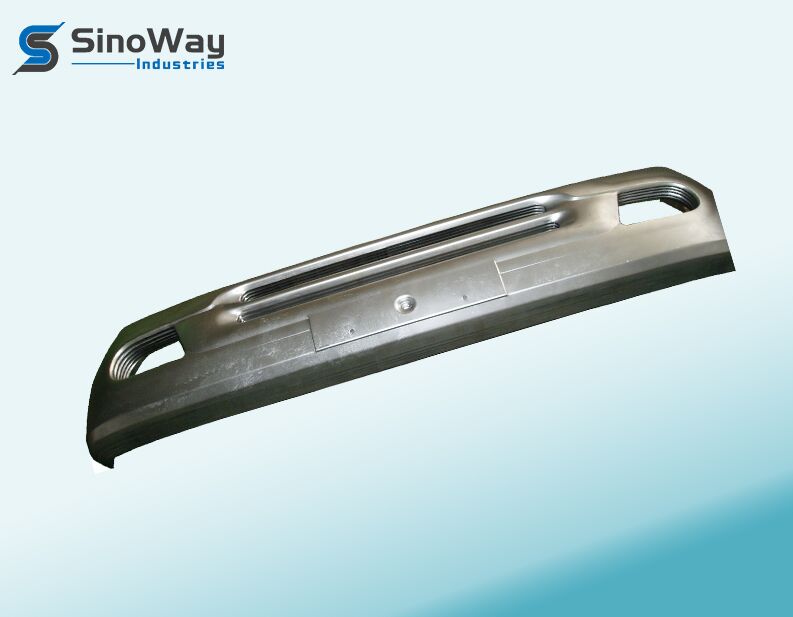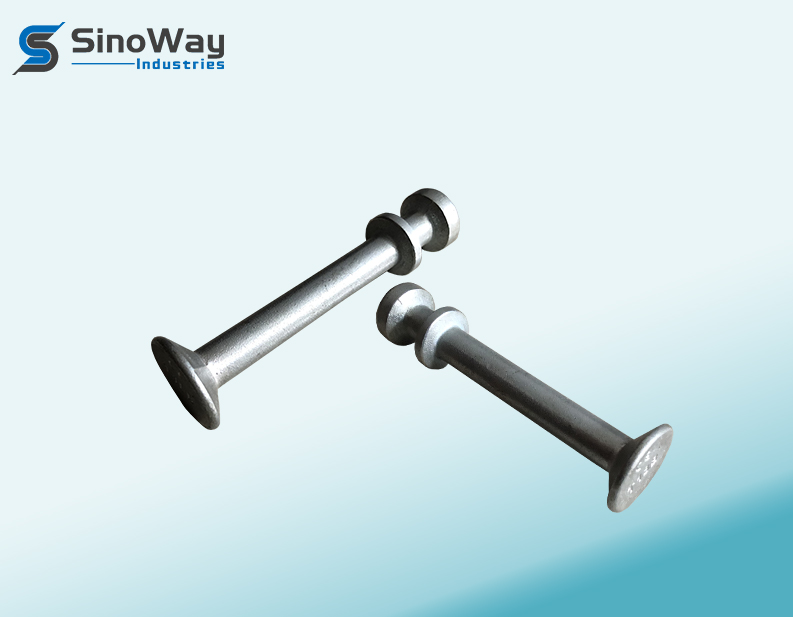In the competitive world of manufacturing, reducing costs while maintaining quality is a constant challenge. For companies like Sinoway, a renowned sheet metal manufacturer, optimizing the iron casting process is crucial to staying ahead in the industry. This article explores various strategies and techniques that can be employed to reduce costs in iron casting manufacturing without compromising on quality.
Understanding the Iron Casting Process
Iron casting is a complex process that involves pouring molten iron into molds to create desired shapes. The process requires precision, skill, and the right materials to ensure the final product meets the required specifications. The primary types of iron used in casting include gray iron, ductile iron, and malleable iron, each having its unique properties and applications.
At Sinoway, understanding the intricacies of the iron casting process is the first step towards identifying areas where costs can be minimized. By analyzing each stage of the process, from mold preparation to the final inspection, Sinoway can pinpoint inefficiencies and implement solutions to enhance productivity and reduce expenses.
Strategies for Cost Reduction
1. Optimizing Material Usage
One of the most significant expenses in iron casting is the cost of raw materials. To reduce costs, Sinoway can focus on optimizing material usage. This involves carefully selecting the type of iron that best suits the application requirements while minimizing waste during the casting process.
Implementing material recycling programs can also contribute to cost savings. By reusing scrap metal and other by-products, Sinoway can reduce the need for new materials, thus lowering overall production costs.
2. Improving Energy Efficiency
Energy consumption is another major cost factor in iron casting manufacturing. By investing in energy-efficient equipment and technologies, Sinoway can significantly reduce energy costs. This includes upgrading furnaces, using advanced control systems, and implementing energy recovery systems to capture and reuse waste heat.
Additionally, regular maintenance of equipment ensures optimal performance and prevents energy wastage. By conducting energy audits, Sinoway can identify areas where improvements can be made and implement strategies to enhance energy efficiency.
3. Streamlining Production Processes
Streamlining production processes is essential for reducing costs and improving efficiency. Sinoway can achieve this by adopting lean manufacturing principles, which focus on eliminating waste and optimizing workflow.
By analyzing the production line, Sinoway can identify bottlenecks and implement solutions to streamline operations. This may involve reorganizing the layout, automating repetitive tasks, and improving communication between different departments to ensure a smooth flow of materials and information.
4. Investing in Technology and Innovation
Technology and innovation play a crucial role in reducing costs and enhancing productivity in iron casting manufacturing. Sinoway can invest in advanced technologies such as computer-aided design (CAD) and computer-aided manufacturing (CAM) to improve accuracy and reduce errors in the casting process.
Additionally, adopting automation and robotics can significantly reduce labor costs and improve consistency in production. By staying at the forefront of technological advancements, Sinoway can maintain a competitive edge in the industry while reducing operational expenses.
5. Enhancing Quality Control
Quality control is vital in ensuring that the final products meet the required standards and specifications. By enhancing quality control measures, Sinoway can reduce the costs associated with defects, rework, and returns.
Implementing rigorous inspection and testing procedures throughout the production process helps identify and address issues early on. This not only reduces waste but also improves customer satisfaction and strengthens Sinoway’s reputation for delivering high-quality products.
Conclusion
Reducing costs in iron casting manufacturing requires a comprehensive approach that encompasses various aspects of the production process. For Sinoway, a leading sheet metal manufacturer, implementing strategies such as optimizing material usage, improving energy efficiency, streamlining production processes, investing in technology, and enhancing quality control can lead to significant cost savings.
By continuously evaluating and improving their operations, Sinoway can maintain its competitive edge in the industry while delivering high-quality products to its customers. Through innovation and efficiency, Sinoway can achieve sustainable growth and success in the ever-evolving manufacturing landscape.
In conclusion, the journey towards cost reduction in iron casting manufacturing is ongoing. By embracing change and adopting best practices, Sinoway can continue to thrive and set new benchmarks in the industry.






